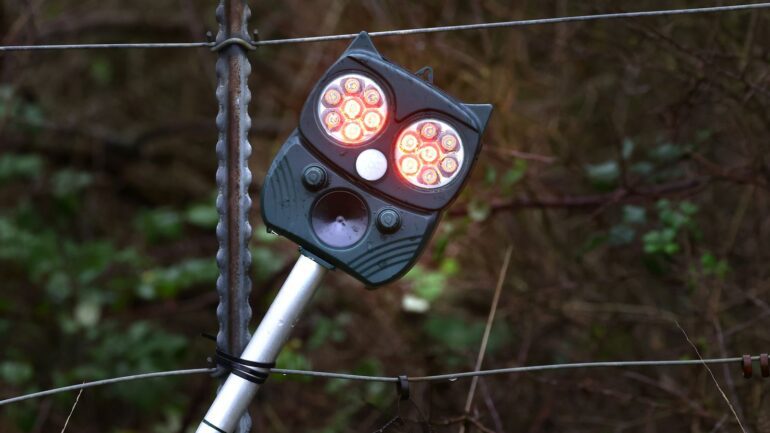TL;DR:
- LNER and Network Rail collaborate on an AI-based deer deterrent system for railway tracks.
- The system, named Adds, employs sound and vision sensors to detect approaching deer.
- Audible and visual alarms are triggered to guide deer away from tracks, with AI cameras ensuring their safe relocation.
- Adds successfully reduces deer strikes, with only one incident reported during testing.
- Expansion plans include deploying Adds along the East Coast Main Line from London to Edinburgh.
Main AI News:
In a groundbreaking collaboration between train operator LNER and Network Rail, an innovative artificial intelligence (AI) system is set to revolutionize railway safety and reduce disruptions for passengers. The automated deer deterrent system, aptly named “Adds,” utilizes cutting-edge sound and vision sensors to detect approaching deer near railway tracks. This technology triggers a series of audible and visual alarms, effectively persuading the animals to veer away from the railway.
An AI-powered camera continuously monitors the deer’s movements, guiding it to a safe location away from the tracks. The success of this system was recently demonstrated along a one-mile stretch of railway between Peterborough and Grantham, where Adds has successfully deterred an average of 50 deer per week since testing began in May. Notably, during this trial period, there was only one reported incident of a deer being hit by a train, a significant reduction compared to the anticipated eight incidents.
The promising results have paved the way for the expansion of the Adds system to other sections of the East Coast Main Line, which spans from London King’s Cross to Edinburgh. LNER’s Chief Digital and Innovation Officer, Danny Gonzalez, expressed pride in the novel approach, emphasizing the benefits it offers during busy travel seasons. He stated, “Our first deployment of this innovative system to deter deer has quickly proven that the solution can save time, stress, and, most importantly, deer.“
Jo Priestly, Network Rail’s Route Engineer, echoed these sentiments, calling the trial “very positive.” She highlighted how this project would enhance deer protection while simultaneously reducing disruptions and delays for passengers. Traditional methods of deterring deer from railway tracks, such as unreliable train-mounted whistles and costly high fencing, have often fallen short. Moreover, some deer attempt to outrun oncoming trains, leading to avoidable collisions.
Conclusion:
The implementation of Adds, an AI-powered deer deterrent system, is a game-changer for railway safety and passenger experience. The successful trial results indicate a promising future for this technology in reducing disruptions caused by deer incidents. This innovation underscores the rail industry’s commitment to improving safety and efficiency while also benefiting wildlife conservation. It sets a precedent for the integration of AI in the transportation sector and signifies a positive shift toward more sustainable and secure rail travel.

